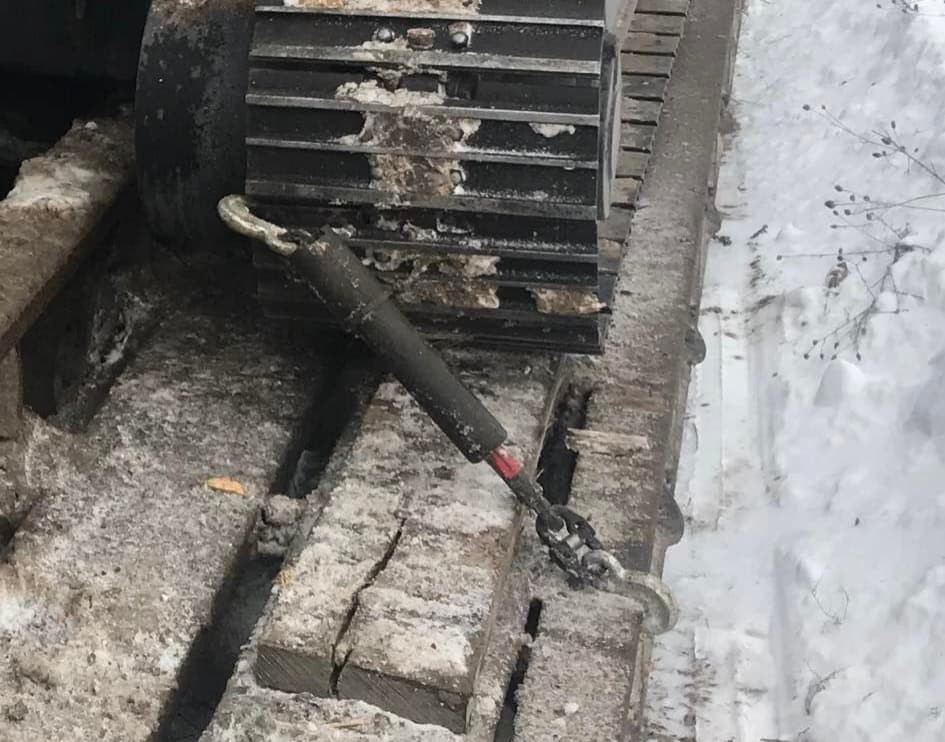Load Leveling Solutions: The Benefits of Flatbed Cargo Securement Equipment Accessories
In the world of transportation and logistics, the safe and
Share

Transporting heavy equipment comes with its own set of challenges, but ensuring the safety and security of these valuable assets is crucial. One effective way to achieve this is by utilizing load securement products. Load securement products provide the necessary tools and equipment to properly fasten and stabilize heavy equipment during transportation.
In this blog, we will provide a comprehensive guide on how to apply load securement products, ensuring a secure journey for your valuable cargo.
Assessing the Equipment: Before applying any load securement products, it is essential to assess the equipment and its unique characteristics. Determine the weight, dimensions, and any potential points of vulnerability. This evaluation will guide you in selecting the appropriate load securement products that can handle the specific requirements of the equipment.
Choosing the Right Load Securement Products: Load securement products encompass a range of tools and equipment designed to secure heavy loads during transport. These include straps, chains, binders, ratchet tie-downs, and edge protectors. When selecting load securement products, consider their load capacity, strength, and compatibility with your equipment. Ensure that the products meet relevant safety standards and regulations.
Regular Inspections: Throughout the transportation process, it is crucial to conduct regular inspections of the load securement products and equipment. Check for any signs of loosening, shifting, or damage. If any issues are identified, promptly address them by re-tightening or re-securing the load. Regular inspections help maintain the integrity of the load securement system and ensure the equipment’s safety during transit.
Compliance with Regulations: Always adhere to local, state, and federal regulations regarding load securement. These regulations are in place to maintain safety on the roads and prevent accidents caused by improperly secured loads. Familiarize yourself with the specific regulations governing load securement in your region and ensure full compliance.
Applying load securement products is a critical step in ensuring the safe transport of heavy equipment. By following the guidelines outlined in this blog, you can effectively secure your valuable cargo and minimize the risk of damage or accidents during transit. Investing in high-quality load securement products and adhering to industry regulations will not only protect your equipment but also uphold your commitment to safety and professionalism in the transportation of heavy loads.
In the world of transportation and logistics, the safe and
Welcome to REVOLOK™, your trusted partner in cargo securement solutions.
Cargo securement is critical to the transportation industry, ensuring that
When it comes to securing cargo on flatbed trailers, choosing
Cargo transportation is a crucial aspect of the economy, with
As industries and businesses around the world continue to evolve
"*" indicates required fields